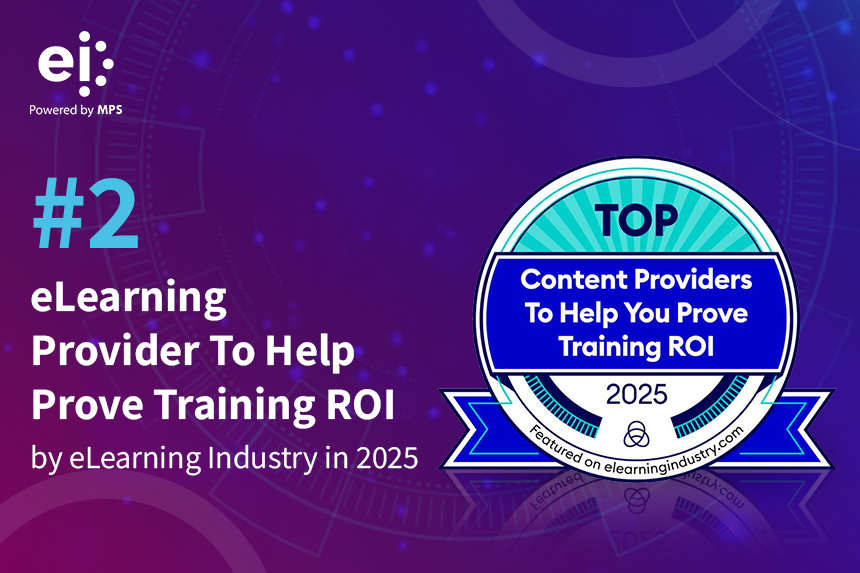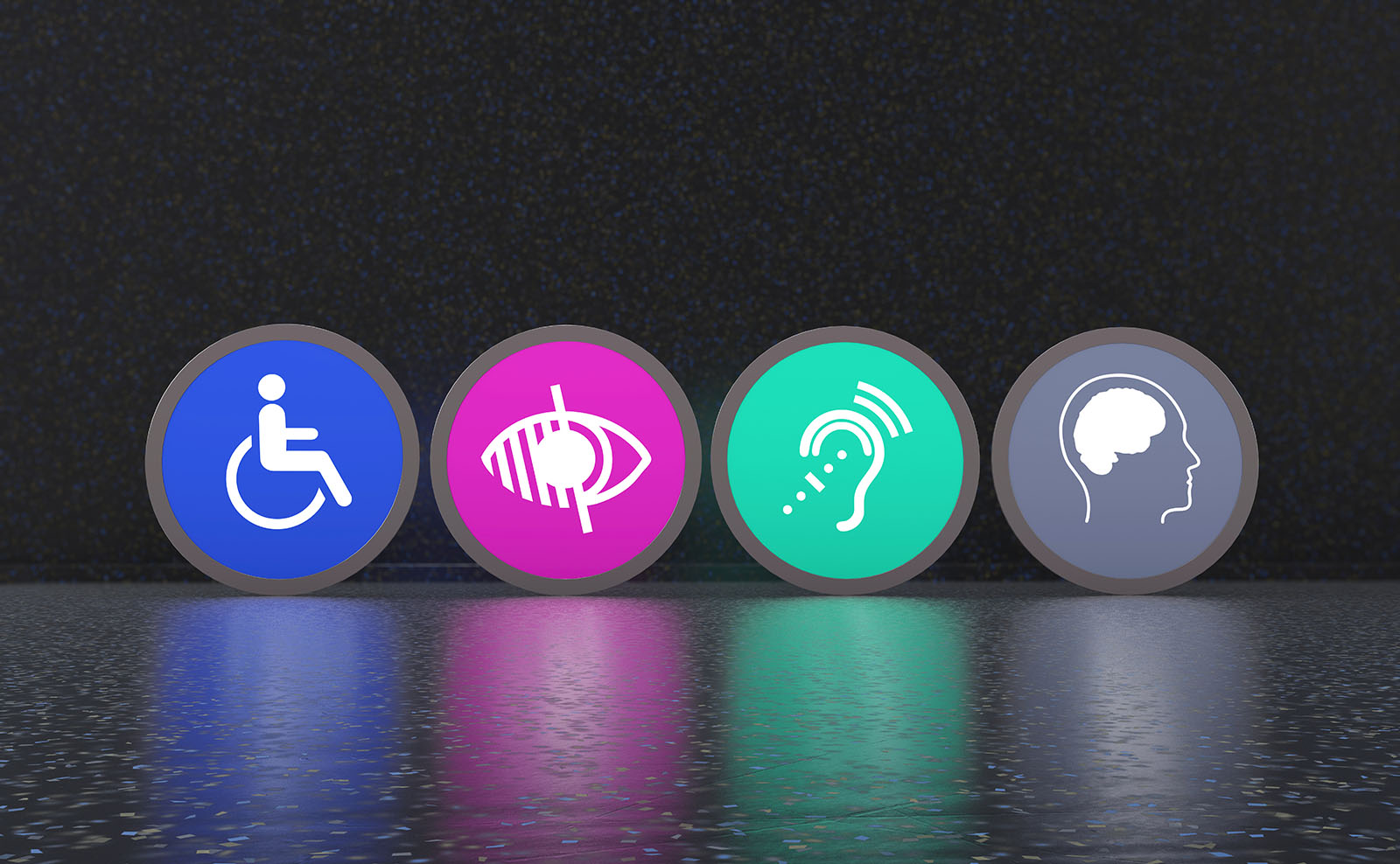
Learning in any organization is the base on which creativity, innovation, and strong execution are built. In this article, we explore how organizational L&D teams can use informal learning to reinforce, augment, and support formal training solutions.
The Modern Learning Challenge
Often, L&D teams are focused on delivering and creating great training. Most of the training budget is spent on formal training. However, employees are learning perpetually, regardless.
People have learned informally for millennia and to great effect. This involves communicating with SMEs – observing, listening, and enquiring. Employees usually don’t turn to formal training, residing on LMS consistently. As a result, the gap between how employees learn and what L&D teams deliver continues to widen. As younger generations move into and throughout the workforce, traditional learning strategies will no longer be effective.
Therefore, L&D teams need to refocus their efforts to match the value informal and formal learning modalities offer to employees.
Formal vs Informal Learning
In the context of an organization, the workforce can undergo learning in two distinct approaches, formal and informal. As the name suggests formal learning comprises structured learning that is intended for learners to improve specific skills that can be measured and evaluated; they are often curriculum-based, instructor-led, and intentional. Formal learning aims to equip the workforce with the expertise and hard skills necessary to fulfill the quantifiable goals of a company. This form of learning is straightforward to implement in an organization.
Informal learning, on the other hand, occurs organically when in a stimulating environment. It is largely unstructured, directed by learners themselves, and is an extension of the individual’s interest, curiosity, and inclination. This facet of learning is self-directed and is a result of observation and interaction with peers and the work environment at large. Informal learning allows learners to pick up on soft skills, the ability to learn socially and from their peers, and most importantly to collaborate and integrate in the context of work.
While it can be easy to discount informal training since it cannot be tracked or evaluated, it is where the bulk of the learning happens. It is where employees discern behavioral cues, receive accurate feedback, and also develop a sense of creativity. Since this is a form of learning that can’t be orchestrated, organizations must ensure to encourage and build an environment that is conducive to people learning from each other, sharing ideas, being interested, and offering feedback.
Formal and Informal Learning Methods
Both formal and informal learning are vital to an organization and are instrumental in developing a holistic workforce since formal learning is what leads to employees having foundational knowledge, but it is only through informal learning that they are enabled to build on it, innovate and grow. Some examples of both these learning methods are shown below:
Formal Learning Methods
- Instructor-led Training/VILT/Blended Learning
This type of training is led by an instructor, typically a subject matter expert, who guides learners through a set curriculum in a virtual, hybrid, or in-person setting. The instructor facilitates learning by teaching, monitoring progress, and providing feedback to help learners develop specific skills.
- Online Courses
Online courses are training sessions that are conducted remotely and can either be in real-time or can be accessed by the learner as per their availability. A major advantage that can be harnessed through online courses is the ability to upend challenges of space and time, having access to resources and experts who might be in different time zones and locations.
- Workshops and Training Programs
Training and workshops are both tried and tested methods of formal learning in a corporate setting. They are also conducted with the intention of employees developing a specific measurable skill set. However, the effectiveness of these workshops and training is dependent on variables such as the method of delivery, the environment of the workshop, and the ability of the facilitator. All of these must be given serious consideration when opting for a workshop program.
Informal Learning Methods
- Self-Directed Learning
This form of learning occurs when the learner acts on their inherent desire and curiosity to gather more knowledge. This usually takes the shape of the learner seeking out resources, articles, and online tutorials in a bid to be better equipped.
- Social and Collaborative Learning
A significant amount of learning happens in an environment where learners aren’t being tested or measured, but are free to observe their peers, share ideas with them, receive feedback, and absorb their findings in their own time without the pressure of any deadlines and performance.
- Experiential Learning
Experiential learning is when employees gather the know-how that can only be accessed when practically indulging in a task. The nuances on the working of things in reality, developing short hands to accomplish them faster, and being able to relate it to other problems and solutions. Experiential learning is also what develops lateral thinking and sets the stage for connecting the dots and being able to innovate solutions.
- Learning in the Flow of Work (LIFOW)
LIFOW embeds learning into daily tasks, providing just-in-time resources like microlearning and performance support tools (PSTs). It enhances retention, boosts productivity, and fosters continuous learning by aligning training with real-time challenges.
- Content Curation
In a corporate setting, content curation can be a powerful tool to encourage informal learning, while it can be an extension of self-directed learning, content curation refers to the organization of a repository of relevant resources that the learner can access when in need.
Why Should You Invest in Both Formal Training and Informal Learning?
There are several specific reasons for organizations to invest in informal learning that supports and augments formal training programs.
The common refrain in the L&D world – that up to 70% of learning occurs informally in most organizations – is accurate and supported by research.1 This research indicates that the success of an organization depends on the quality of the informal learning taken.
Informal learning is all around us – across all employees. So, it makes sense for L&D teams to leverage it to create a healthy learning ecosystem and corporate culture.
Because it’s clear that informal learning happens, regardless of efforts to support, ignore, or control it by L&D teams, organizations can build goals around informal learning and seek to create a learning ecosystem that facilitates informal learning.
In fact, informal learning is the fundamental way in which employees develop competency in their job roles and develop additional skills and abilities. It is more accurately described as learning that exists on a continuum: one side represents more formal learning and the other more informal.
How Do You Create Connected Learning by Supporting Formal Training with Informal Learning?
The concept of a learning culture based on a learning and performance ecosystem meshed approach to blended formal training with informal learning opportunities is vital for the effective integration of modalities. To do this, L&D teams need to redefine the role of formal training, using it to add structure to informal learning and give employees a sense of direction, helping them achieve baseline proficiency.
A large proportion of formal training needs to switch to help employees understand:
- How to learn – Many employees, especially those who depend on others to tell them what to learn and when to do it, may have either forgotten or never learned the art of learning.
- How to cut through noise – Between daily stand-up meetings, emails from HR, IT problems, and completing their basic job responsibilities, employees must maximize what time they have for learning instead of being distracted by vacuous emails, social media, and other interruptions.
- How to eliminate distractions – By focusing on learning that will guide them in their career and job role.
- How to focus on actual results – Learned and adopted behaviors, experiments and iterations, and improved cross-silo relationships.
It also affirms that:
- A bias for action, clear-headed iteration, learning, and honest evaluation and feedback are more valuable than heads-down checklists and safe inaction.
- The value of celebrating the learning process and appreciating failed experiments as learning opportunities.
As organizations foster a learning culture, employees will have the courage and ability to seek continuous improvement on the job. That will enable them to use informal learning for practice, collaboration, and learning on the job, moving toward mastery.
Informal learning is a way for L&D teams to attain the holy grail of learning – content personalized to the individual. L&D teams can give direction, recommendations, and access to content and a space for employees to curate and share their own content and experiences. This can then be used in the future by L&D teams for even more focused and efficient formal training and learning paths.
It’s also important for L&D teams to strike a balance, incorporating informal learning strategies to support formal training, by:
- Investing in informal learning platforms.
- Supporting self-directed learning, social learning, curation, and learning in the flow of work.
- Mapping informal learning efforts to formal training objectives.
- Create extended learning solutions that don’t focus on a moment in time, but instead include ongoing practice, evaluation, and follow-up opportunities.
How Do You Evaluate Informal Learning?
Informal learning has a 75% chance of changing behavior, encouraging employees to adopt new behaviors, versus the 5% – 20% efficacy rate of more formal training solutions.2 This is a different take on the 70/20/10 rule considered by many L&D professionals.
While sometimes difficult, the following are examples of readily available and objectively measurable indicators of the effectiveness of a company’s culture of informal learning:
- Survey employees and ask questions such as:
- How have you enhanced your knowledge and skills required for your job in the past year?
- What did you learn?
- What form of media did you apply?
- How many hours did you dedicate to these activities in the last one month?
- Assess the number of silo-crossing collaborations in the organization.
- Identify the quality and speed of product and service innovations.
- Evaluate the amount of information sharing and curated content within a social learning platform.
- Evaluate employee engagement – higher engagement implies more learning.
- Collect thoughtful feedback directed at formal training.
- Identify employee-produced content and SME recognition.
Parting Thoughts
Creativity, innovation, and effective tactical execution start with a healthy culture of learning. This article provides the requisite insights on how you can leverage informal learning to augment, support, and bolster formal training and create holistic training programs to facilitate organizational success.
Bridge the Gap Between Formal and Informal Learning
L&D invests heavily in formal training, yet employees seek knowledge informally. This disconnect calls for a shift.
Download our eBook, “How to Drive Continuous Learning Outside the Formal Training Environment,” and create a connected, learner-driven experience.
References
- Livingstone, D. W., (2001). Adults’ Informal Learning: Definitions, Findings, Gaps and Future Research. WALL Working Paper No 21. Retrieved from https://tspace.library.utoronto.ca/bitstream/1807/2735/2/21adultsinformallearning.pdf
- Conner, M., (2002). At The Water Cooler of Learning. Retrieved from http://marciaconner.com/water-cooler-learning/



